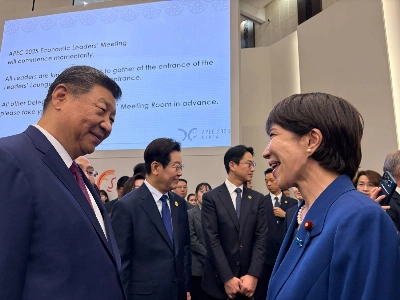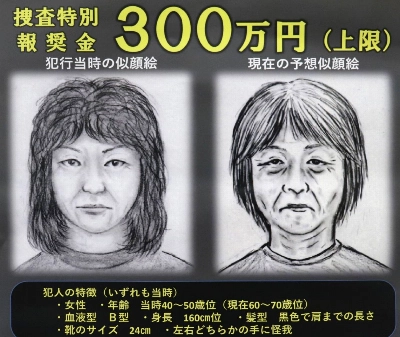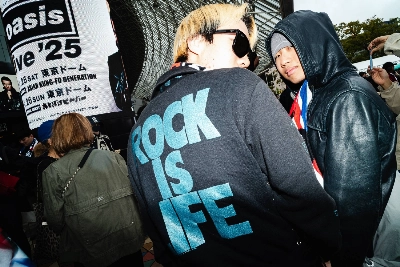Meta
Marius Gombrich
Sep 18, 2009
Sep 11, 2009
Jun 12, 2009
Jun 5, 2009
May 29, 2009
Mar 27, 2009
Mar 13, 2009
Mar 6, 2009
Feb 13, 2009
Jan 23, 2009
Jan 9, 2009
Dec 4, 2008
Nov 20, 2008
Feb 14, 2008
Jun 28, 2007





























